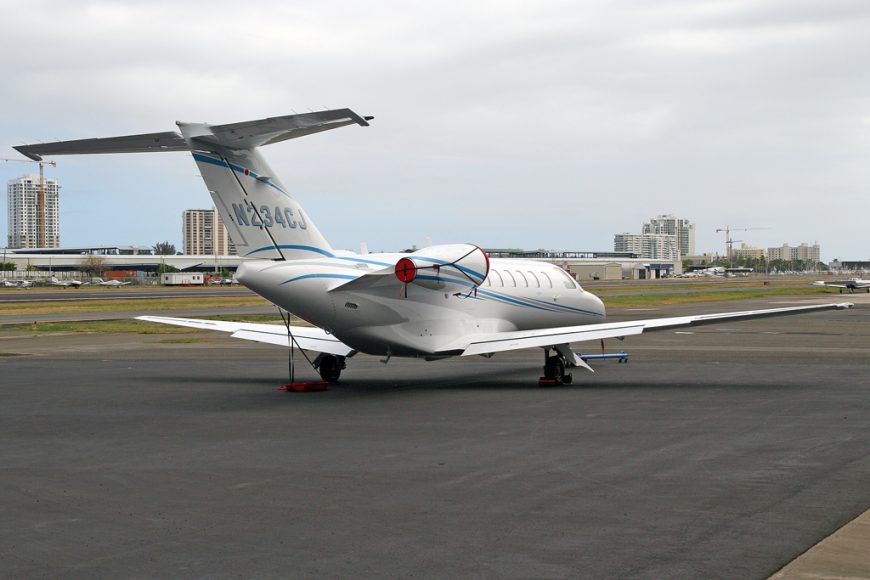On 4 January, the US government announced a two-week delay to the nationwide rollout of 5G telephony by telecoms giants AT&T and Verizon due to concerns over the potential impact of 5G signals in the C-Band on critical aviation technologies, particularly interference to radio altimeters. Three days later, the FAA issued a list of 50 airports that will have 5G frequency buffer zones for six months to help prevent flight disruptions.
Safety regulators picked airports based on location, traffic volume and the likelihood of low visibility — all factors that may increase cancelations, delays and diversions. Notably busy airports like Chicago O’Hare, LaGuardia, Orlando International, Los Angeles International and Dallas Fort Worth International are included on the list, along with airports in locations that are often impacted by foggy conditions, such as Seattle/Tacoma International and San Francisco International.
The new 5G services are now set to be activated on 19 January. The NBAA has been at the forefront of industry calls for a clear understanding of the potential problems. President and CEO Ed Bolen said: “We need answers to key questions in order to ensure the world’s largest, safest and most efficient aviation system, and we will utilise this time to gather and share much-needed information about this development for all aviation segments, including business aviation.”
